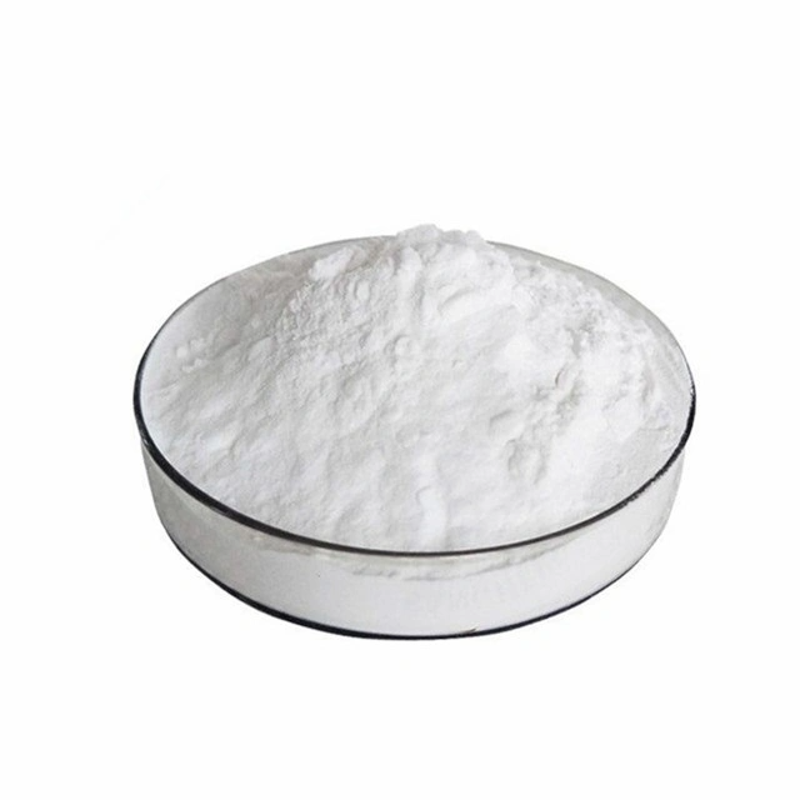Cerebral hydrospinal fluid and plasma leukocyte interleukin-6 levels in patients with subcavity hemorrhage in cobweb membrane
-
Last Update: 2020-06-27
-
Source: Internet
-
Author: User
Search more information of high quality chemicals, good prices and reliable suppliers, visit
www.echemi.com
At present, there is considerable evidence that inflammatory processes play a key role in the pathophysiology of SAH and in the development of secondary brain injuryComplications caused by inflammatory media, such as vascular spasms, delayed cerebral ischemia, or hydrocephalus, all affect the prognosis- Excerpted from the article: Vlachogiannis P, et alWorld Neurosurg2019 Feb; 122:e612-e618doi: 10.1016/j.wneu.2018.10.113Epub 2018 Oct 26.)the mortality rate of spontaneous cobweb subcavity bleeding (SAH) is approximately 25%-40%Of the survivors, 40 per cent of the post-relics were permanently deficient in neurological functionFactors significantly related to poor prognosis after SAH included old age, clinical condition at hospital, poor WFNS grade and higher haemorrhage in Fisher scale assessmentIn fact, the prognosis depends not only on the bleeding itself, but also on complications that occur after onset, such as rebleeding, vascular spasms, acute hydrocephalus, cardiovascular or respiratory diseases, and infectionsAt present, there is considerable evidence that inflammatory processes play a key role in the pathophysiology of SAH and in the development of secondary brain injuryComplications caused by inflammatory media, such as vascular spasms, delayed cerebral ischemia, or hydrocephalus, all affect the prognosisInterleukin-6 (interleukin-6, IL-6) is a pro-inflammatory cytokine produced by a low molecular weight (24kD) secreted by mononucleic phagocytosis, T cells and endothelial cells during acute brain injury, in trauma, infection, cardiovascular disease, etcMononucleic white blood cells in the blood clots of the subcavity of the cobweb trigger IL-6 secretionIncreased levels of IL-6 in the cerebrospinal fluid (CSF) and brain tissue gap in Patients with SAH were positively associated with vascular spasms Pavlos Vlachogiannis of the University of Uppsala in Sweden, including Pavlos Vlachogiannis, who conducted an assessment of the differences in the process and inflammatory response of acute period inflammation after SAH in different clinical subgroups, published in the February 2019 issue of World Neurosurgery this forward-looking study included 44 SAH patients admitted to the NICU at Uppsala University Hospital niche between May 2013 and July 2016, excluding Patients who did not require an outdoor drain, or who were in the end-stage (GCS score of 3, two-sided pupils are largely fixed), as well as those who received steroid treatment in the past all patients collectEd CSF and blood samples within the first, fourth and 10th days of onset, tested IL-6 levels using conventional monoclonal antibodies, and calculated the daily IL-6 median On the fourth day, the differences in IL-6 levels between the groups, as well as intracranial and systemic inflammatory responses, were compared by diche, age, WFNS rating, Fisher scale grading, prognosis, vascular spasms, central nervous system infections, and systemic infections found that the intracranial inflammatory response appeared to be stronger than the systemic inflammatory response In CSF, the median il-6 concentrations in CSF for the first, fourth and 10 days were 876.5 ng/L, 3361 ng/L and 1567 ng/L, respectively, while in plasma were 26 ng/L, 27.5 ng/L and 15.9 ng/L, respectively Compared to the initial IL-6 level in day 1 CSF, the IL-6 value on day 4 increased significantly, then decreased on the 10th day, but still significantly higher than the value of day 1 In plasma, plasma IL-6 shows a different trend from CSF at a lower level; applying the il-6 level on day 4 as an indicator of inflammatory response intensity, compared the median IL-6 value of CSF and plasma on day 4 in the different sub-group of patients in the two-division group above; It is the IL-6 level on day 4 of the WFNS subgroup: WFNS grade diphon1-3 is 1158.5 ng/L ratio of 5538ng/L (P-0.056) The plasma IL-6 level in patients with systemic infection was significantly higher than in non-infected patients: 31ng/L vs 16.05 ng/L (P-0.028) finally, the results showed that the time pattern of intracranial and systemic inflammatory response was significantly different in Patients with SAH The higher intensity of inflammatory responses observed in the cranial brain indicates that the central nervous system after SAH produces the secretion of endogenous cytokines and inflammatory molecules, which may enter the blood stream through the damaged blood-brain barrier, leading to systemic inflammatory response syndrome and systemic complications From day 1 to day 4, a significant increase in IL-6 levels in ventricular CSF provides patients with valuable prognostic information related to the risk of secondary complications, such as vascular spasms or delayed neurological dysfunction.
This article is an English version of an article which is originally in the Chinese language on echemi.com and is provided for information purposes only.
This website makes no representation or warranty of any kind, either expressed or implied, as to the accuracy, completeness ownership or reliability of
the article or any translations thereof. If you have any concerns or complaints relating to the article, please send an email, providing a detailed
description of the concern or complaint, to
service@echemi.com. A staff member will contact you within 5 working days. Once verified, infringing content
will be removed immediately.







